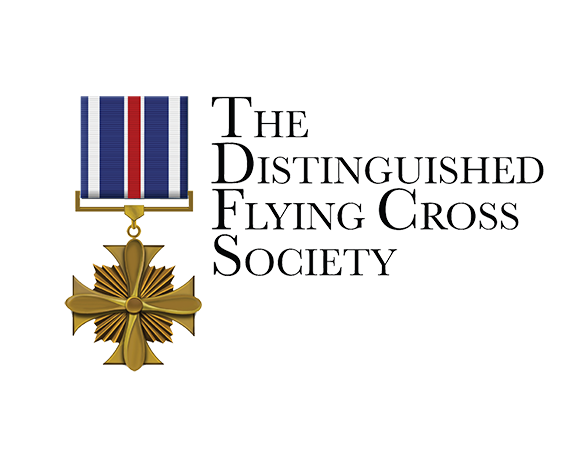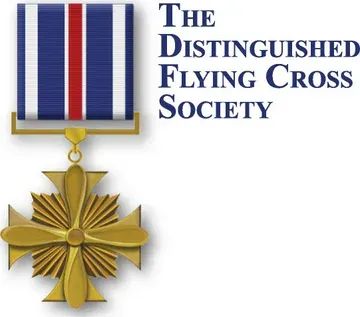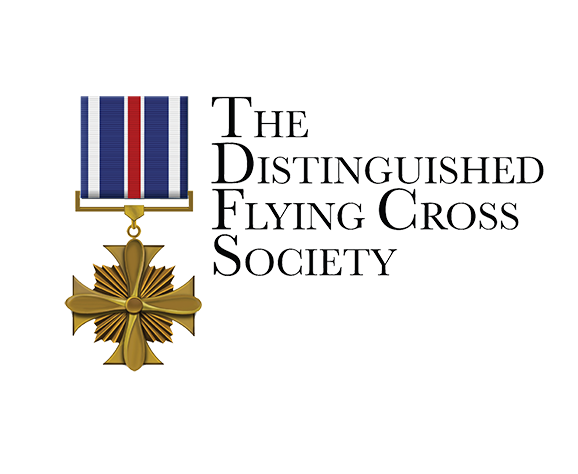George W. Capehart
AWARDED DFC:
3
CONFLICT/SPACE FLIGHT/EVENT: -
MODEL: -
Citation: 1.)
The President of the United States takes great pleasure in presenting the Distinguished Flying Cross to Chief Warrant Officer George W. Capehart for heroism while participating in aerial flight. On 13 June 1966, Chief Warrant Officer Capehart was flying an infiltration mission for a long-range reconnaissance patrol. After having flown at low level due to severe weather and a low ceiling, Chief Warrant Officer Capehart executed a successful drop-off into a selected landing zone and then piloted his helicopter back to a base camp area for refueling. Shortly after landing, word was received that the reconnaissance team had been compromised and was being pursued by a Viet Cong force of undetermined size. Chief Warrant Officer Capehart and his crew took off immediately and raced to the scene of the distressed patrol. Upon arrival Chief Warrant Officer Capehart was forced to orbit the area at tree-top level and continually expose himself to hostile fire while waiting for the team to reach a suitable pickup zone. Finally, the team reached a small landing zone and Chief Warrant Officer Capehart slowly descended toward the floor of the jungle in an area so small that the main rotor blades clipped limbs and the tail rotor spun within inches of thick undergrowth. Though threatened by heavy ground fire, he held his helicopter at a still hover while the patrol members scrambled to safety. His daring courage and determination undoubtedly saved the heavily outnumbered patrol from certain disaster. Chief Warrant Officer Capehart's actions are in keeping with the finest traditions of the military service and reflect great credit upon himself, 1st Infantry Division, and the United States Army.
2.)
The President of the United States takes great pleasure in presenting the Distinguished Flying Cross to Chief Warrant Officer George W. Capehart for heroism while participating in aerial flight. On 30 June 1966, Chief Warrant Officer Capehart was serving as Pilot of an unarmed UH-1B helicopter. His mission was to infiltrate and evacuate a long-range reconnaissance patrol deep in the jungles near the village of Phuoc Vinh approximately 50 miles northeast of Saigon. After the patrol had spent one uneventful night on the mission, they were compromised and engaged in a fire fight with an estimated Viet Cong battalion. The patrol fought its way to a small clearing and could only be extracted from the jungle by a rope ladder dropped from the helicopter. Chief Warrant Officer Capehart calmly and patiently brought his helicopter to a high hover over 30 foot trees and held it steady while the patrol members made their way up the ladder to safety. Although constantly exposed to deadly accurate Viet Cong fire, Chief Warrant Officer Capehart remained in position until every man had boarded his Aircraft Commander. His daring courage and determination under fire assured the successful rescue of the patrol. Chief Warrant Officer Capehart's actions are in keeping with the finest traditions of the military service and reflect great credit upon himself, the 1st Infantry Division and the United States Army.
3.)
The President of the United States takes great pleasure in presenting the Distinguished Flying Cross to Chief Warrant Officer George W. Capehart for heroism while participating in aerial flight. On 23 July 1966, Chief Warrant Officer Capehart was serving as Pilot of an unarmed UH-1B helicopter. His mission was to provide direct air support for elements of an armored cavalry Squadron which was heavily engaged with an estimated Viet Cong regiment. Immediately after entering the battle area, his aircraft became the target of hostile fire which remained constant and deadly throughout the battle. Despite this intensive fire, Chief Warrant Officer Capehart landed his aircraft in an unsecure area for medical evacuation purposes. In order to provide the most effective possible support for the ground forces, Chief Warrant Officer Capehart remained in the insecure area for 10 to 15 minutes under constant Viet Cong ground fire, waiting for the wounded to be loaded on board his aircraft. Once his aircraft was loaded, he executed an expert take off under fire, ferried the wounded personnel to the nearest medical facility and then immediately returned to the battle area. With complete disregard for his own safety, Chief Warrant Officer Capehart continued to perform those hazardous but life-saving missions. Though his helicopter was repeatedly hit by Viet Cong ground fire, Chief Warrant Officer Capehart's expert control of the aircraft and unfaltering dedication assured the success of each evacuation and undoubtedly saved many countless American lives. Chief Warrant Officer Capehart's actions are in keeping with the finest traditions of the military service and reflect great credit upon himself, the 1st Infantry Division, and the United States Army.


